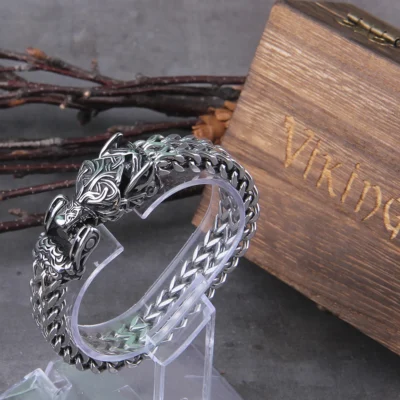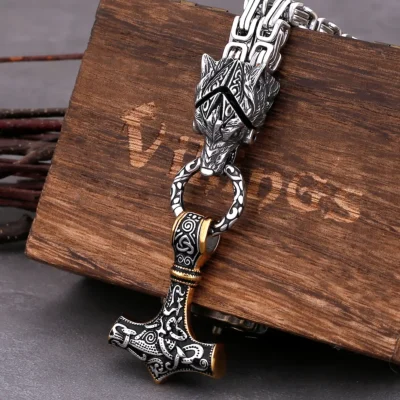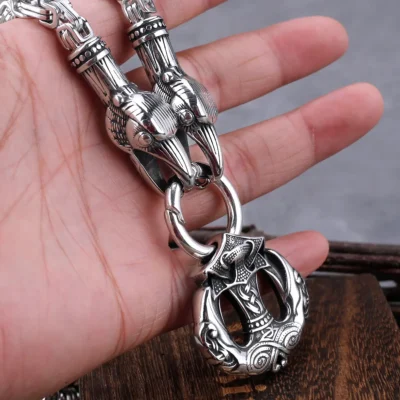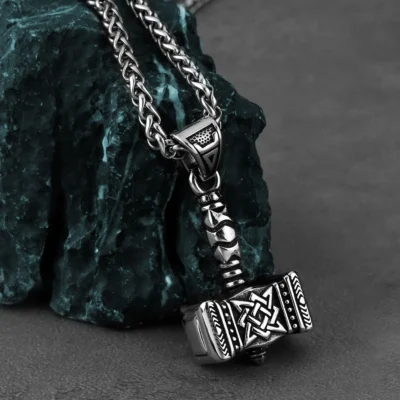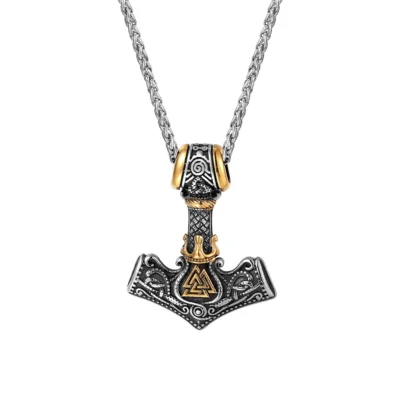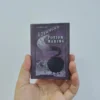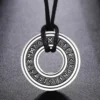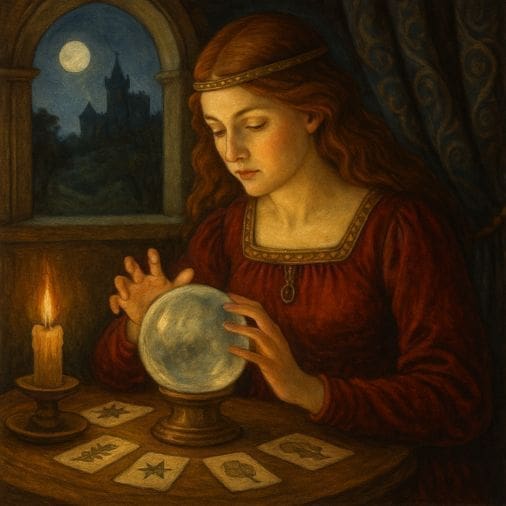
Introduction – Seeking Answers in the Shadows
Life in the Middle Ages was uncertain. Crops might fail, illness could strike without warning, and war loomed close. In such a world, the desire to glimpse the future was powerful. Fortune telling and divination offered hope, comfort, and sometimes fear. From charms whispered by wise women to rituals performed on All Hallows’ Eve, medieval people sought signs that the unseen world might guide their choices.
A Blend of Pagan and Christian Beliefs
Medieval divination grew from both ancient traditions and Christian frameworks. The Church officially condemned most forms of fortune telling, branding them as superstition or even heresy. Yet many rituals survived at the edges of village life.
Some practices came from pre-Christian Celtic or Roman customs, while others adapted Christian symbols. The result was a mix of folk magic and religion, where villagers might pray in church by day and cast lots or seek omens by night.
Common Methods of Divination
- Astrology: Learned clerics often studied the stars, believing heavenly bodies influenced earthly events. Kings and nobles sometimes consulted astrologers before battles or marriages.
- Scrying: Gazing into mirrors, bowls of water, or polished stones to glimpse visions of the future.
- Lots and Dice: Casting sticks, bones, or dice to read divine will.
- Dream Interpretation: Dreams were thought to carry messages from God, saints, or even demons.
- Bibliomancy: Opening the Bible at random and interpreting the first passage seen.
Among the people, simpler methods thrived — apple peels twisted to reveal initials, or wax poured into water to form shapes predicting destiny.
Halloween and Fortune Telling
Halloween, or All Hallows’ Eve, was seen as a liminal time when the boundary between worlds grew thin. This made it especially powerful for divination.
Young people floated apple skins to reveal the initials of future spouses. Others gazed into mirrors by candlelight, hoping to glimpse their future beloved. Nuts were thrown into fires, their behaviour said to foretell the success of marriages.
Though playful, these rituals reflected serious hopes: marriage, prosperity, and survival in a precarious world.
The Role of Wise Women
In villages, wise women or cunning folk acted as both healers and seers. They cast charms, interpreted omens, and offered advice. While many were respected, they could also fall under suspicion, especially if their predictions touched on misfortune. Accusations of witchcraft sometimes followed.
Fear and Condemnation
The Church often warned against divination, seeing it as dabbling in forbidden knowledge. Astrology was tolerated in scholarly circles, but scrying, charms, and fortune telling were condemned.
Yet the very fact that divination persisted shows how deeply people craved certainty. The rituals provided not only answers but also reassurance that the future was not entirely unknowable.
Divination as Social Bonding
Fortune telling was not always solemn. It could be a form of entertainment at feasts and festivals, especially around Halloween. Shared rituals brought communities together, blending fear with fun. In this sense, divination was both a spiritual act and a social tradition.
Legacy in Modern Traditions
Modern Halloween fortune-telling games — from bobbing for apples to tarot card readings — echo these medieval practices. While the tools have changed, the impulse remains the same: to glimpse beyond the present and imagine what lies ahead.
Linking Past to Present
For today’s history lovers, medieval divination offers a window into both the hopes and anxieties of the past. These rituals remind us that people across centuries sought the same comfort we do today — that the future might hold love, safety, or fortune.
At Histories & Castles, our Medieval Halloween collection carries that spirit forward, with tarot decks, charms, and mystical tools inspired by traditions stretching back to the Middle Ages.
Conclusion – Glimpses Beyond the Veil
In medieval life, fortune telling offered more than predictions; it gave meaning in uncertain times. Whether gazing into firelight, reading the stars, or tossing an apple peel, villagers sought signs of hope. As Halloween returns, those rituals still whisper across the centuries, reminding us that curiosity about the future is one of the oldest human instincts.

